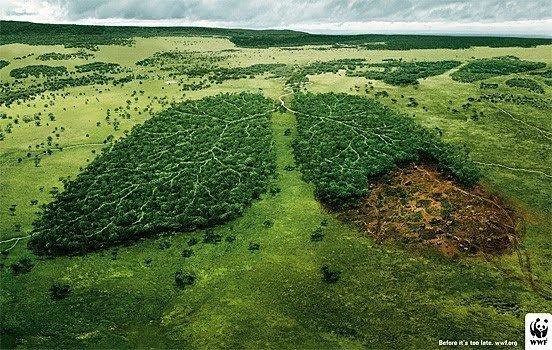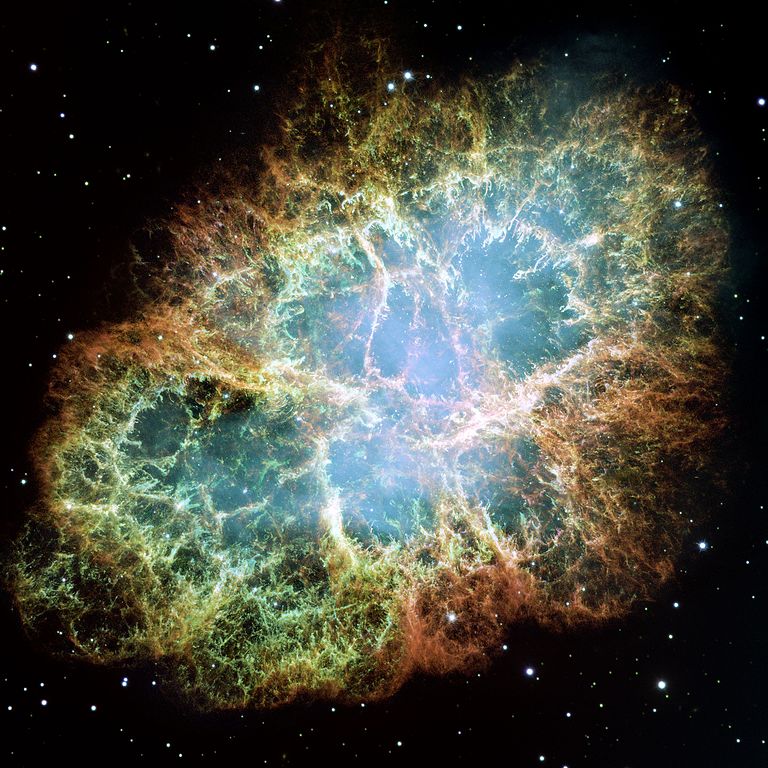Supernovas is an extinction level event which could end the world in a blink of an eye. This is a colour composite image taken by NASA's Hubble Space Telescope of a supernova remnant in the Crab Nebula. The explosion was observed and recorded by Chinese and Japanese astronomers in 1054. Image courtesy of the European Southern Observatory.
The idea that all life on the planet can suddenly end tomorrow might sound preposterous to most – and rightly so. After all, we’re not living in the Marvel Cinematic Universe, and it’s not like the mad titan Thanos is real and could disintegrate all life simply by putting on the Infinity Gauntlet and snapping his fingers.
However, would it surprise you to learn that statistically, an average person is five times as likely to die from an extinction-level event (ELE) compared to a car crash? In addition, would it shock you to hear that more than two dozen ELEs have occurred on earth during the past few billion years? Some of the causes include a supernova of a star from the Scorpius-Centaurus cluster about two million years ago (Pliocene–Pleistocene extinction), a gamma-ray burst from deep space approximately 443.8 million years ago (Ordovician mass extinction) and the depletion of oxygen in oceans about 542 million years ago (End-Ediacaran extinction).
To be fair, these occurrences were spread across extraordinarily long periods of stability and calm. For perspective, modern humans have only been existence for about 200,000 years, which is just a fraction of earth’s 4.5 billion years of existence.
And yet, you might be curious by now about the types of ELEs that might impact your plans this weekend.
Continue reading “Three Extinction-Level Events That Could Destroy Earth Tomorrow”











